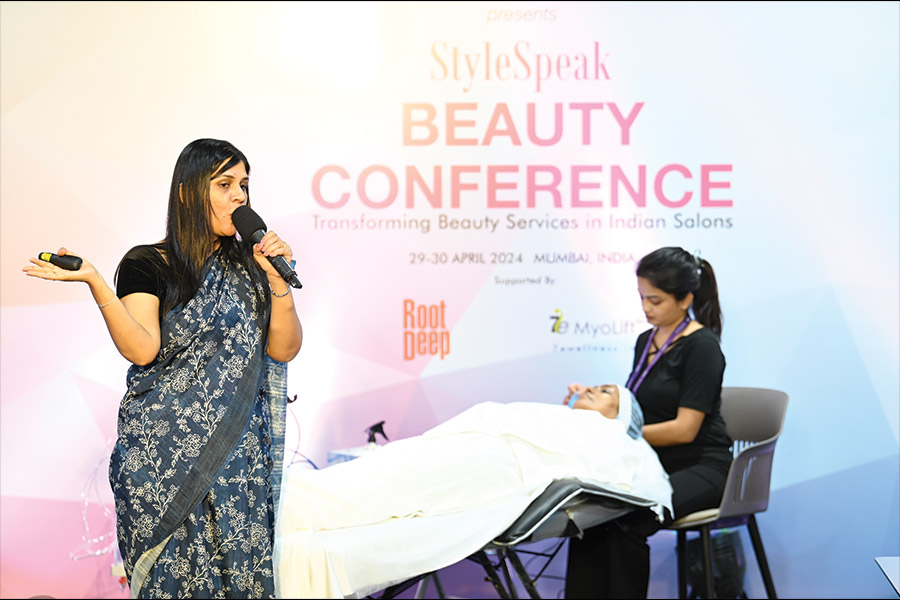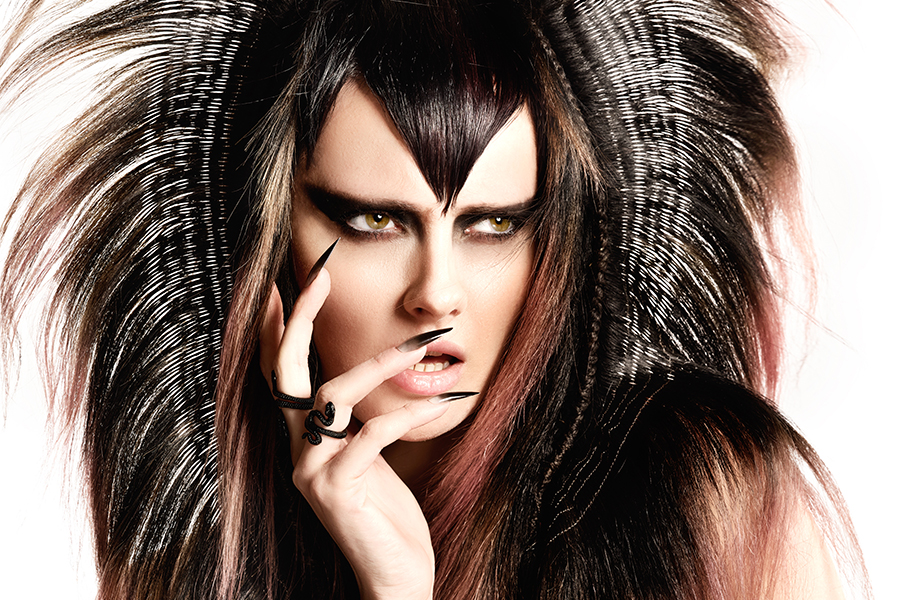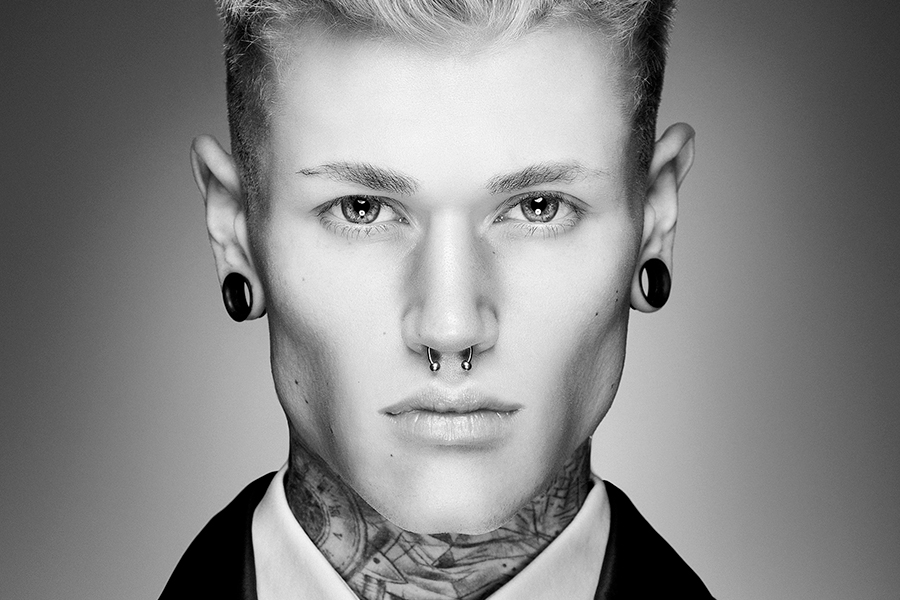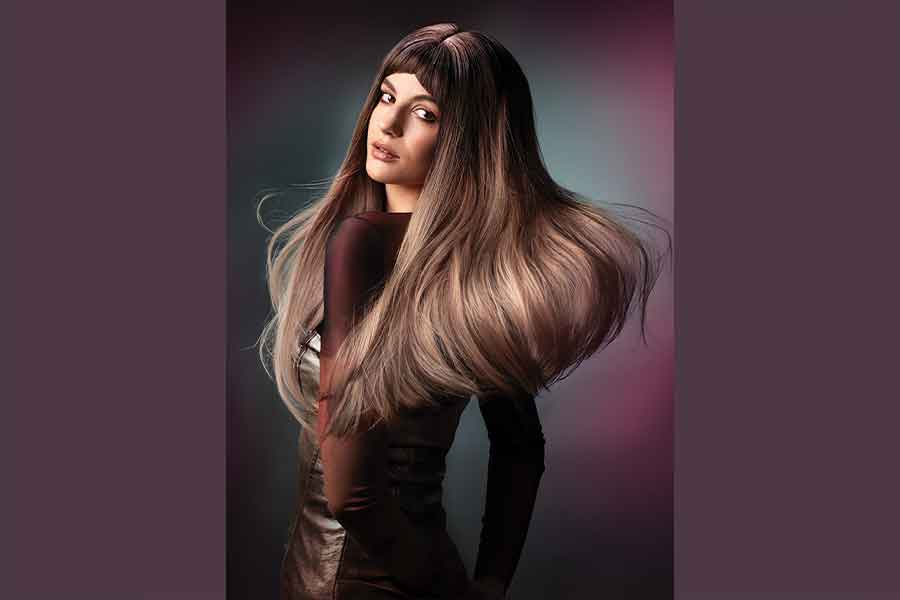Hydrafacial has emerged as a popular and effective skincare treatment. Unlike traditional facials, it combines exfoliation, extraction, and hydration in a single, non-invasive procedure. But is it suitable for everyone? What are its do’s and don’ts? With a growing disparity in its deliverance, usage of equipment and the prices, there is a need of the right protocol. This propelled StyleSpeak to invite certified aesthetician, Dr. Deepti Abhyankar, Skin Technical Head at LTA Beauty School of India, CIDESCO International Examiner at CIDESCO and Examiner at ABETC India to speak at the StyleSpeak Beauty Conference to explain the multiple factors that go into a Hydrafacial, along with a live demonstration.
Hydrafacial: The multifaceted treatment
Hydrafacial is an excellent treatment for skin rejuvenation that offers effective results. It helps to get rid of skin impurities and also improves skin health.
Before we dive into the do’s and don’ts, let’s first understand what is a Hydrafacial. Hydra denotes water and facial means skin treatment. It is a multistep treatment in which all the steps of a facial like cleansing, toning, analysis, deep cleansing, massage and mask are used. But it is non-invasive. Water is a universal solvent that can remove impurities and dirt effectively and hence proves the effectiveness of Hydrafacial.
Steps in Hydrafacial
The process of Hydrafacial may seem complicated but once the steps are broken down, it is easier to understand.
- Skin Exfoliation: This is important to cleanse the skin at a deeper level. Effective exfoliation of skin is required so that water can penetrate into the skin.
Exfoliation options: For exfoliation, a hydra vacuum or a microdermabrasion probe is used.
- Hydra vacuum probe: This has vacuum suction and water flow
Benefits:
- Exfoliates the upper surface of the skin.
- Lymphatic drainage takes place.
- Enhances deep cleansing on the surface of the skin and internally as well.
- Removes superficial dead skin, excessive dirt.
- Toxins at the side is drained
- Microdermabrasion probe: These come in two forms:
- Diamond dermabrasion or aluminium oxide crystals. Certain machines have diamond hydra vacuum
- Combination of Microdermabrasion with crystals; solid scrubber or chemical peel and acid peel
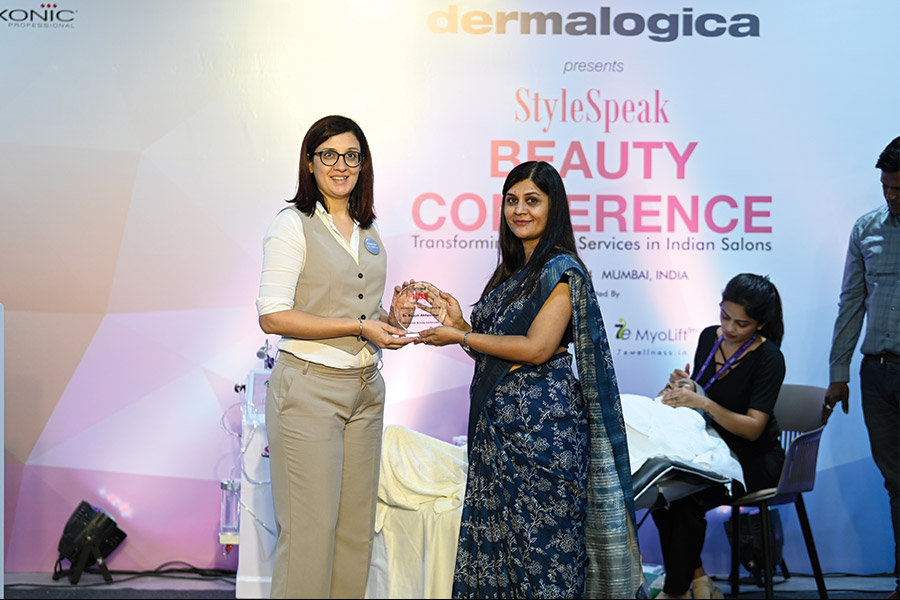
- Hydration: This helps to increase the water level
There are different technologies that can be used to hydrate the skin like
- Hydra jet spray
- Radiofrequency
- Ultrasound
- LED lights
Galvanic currentWith these steps and the help of different combinations, a hydrafacial can be designed for a client.
The duration of Hydrafacial has to be 30 mins. It can either be a standalone treatment or a longer treatment regimen can be created with different options available. The healing time for the treatment is 2 – 3 weeks.
Contra-actions of Hydrafacial
Great care needs to be taken while giving a HydraFacial. If not delivered correctly, following are some contra-actions:
- Redness
- Rash
- Bruises
Things to consider before treatment
Good consultation sets the tone: During the consultation process, check for thermal, chemical and mechanical sensitivity.
- If a client gets rash after scrubbing or rubbing the skin, it indicates mechanical sensitivity
In this case, Hydrafacial is a BIG NO
- For clients sensitive to chemicals, do not use any acid peels.
Use soothing products and then use Hydrafacial
If the client’s skin faces problems while having bath in hot water, standing near the gas or while taking steam they have thermal sensitivity. Don’t use Radiofrequency or ultrasound and avoid infrared lights because it creates burns in the skin.
Also look for contraindications like
- Redness
- Dilated capillaries
- Infection
- Allergies
- Cut, wound
- Excessively loose skin
- Usage of chemical products and retinol
- Undergoing aesthetic treatments like laser, dermabrasion, derma rollers, chemical peeling
DO’S
- Consultation and skin analysis
- Cleansing
- Touch and feel
- Speak to the client
These are necessary to understand the type of the skin and what is the treatment required
Don’t
- Don’t do 10 treatments for all
- Do not use every probe
- Do not overtreat enthusiastically
- Do not use products with harsh chemicals
- Do not use too much of vacuum
- Do not do intense exfoliation
- Do not expect instant magical effects
- Do not hesitate to say NO
- Do not do it before any important event
- Do not compromise on hygiene
- Give time. Less is more
There is no rule that Hydrafacial needs to be done only on facial skin. Dr. Deepti Abhyankar took the lead in mentioning that it can be used for the back and tried on the hands as well. Experts may go ahead and try these options and create a specific menu for their clients. Facial should always be tailormade.
Know the client skin and customize the treatment accordingly for best results.

